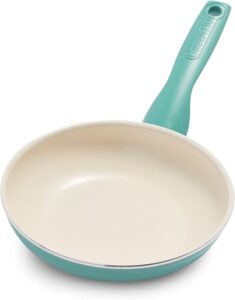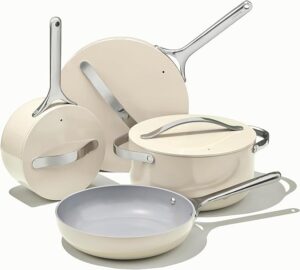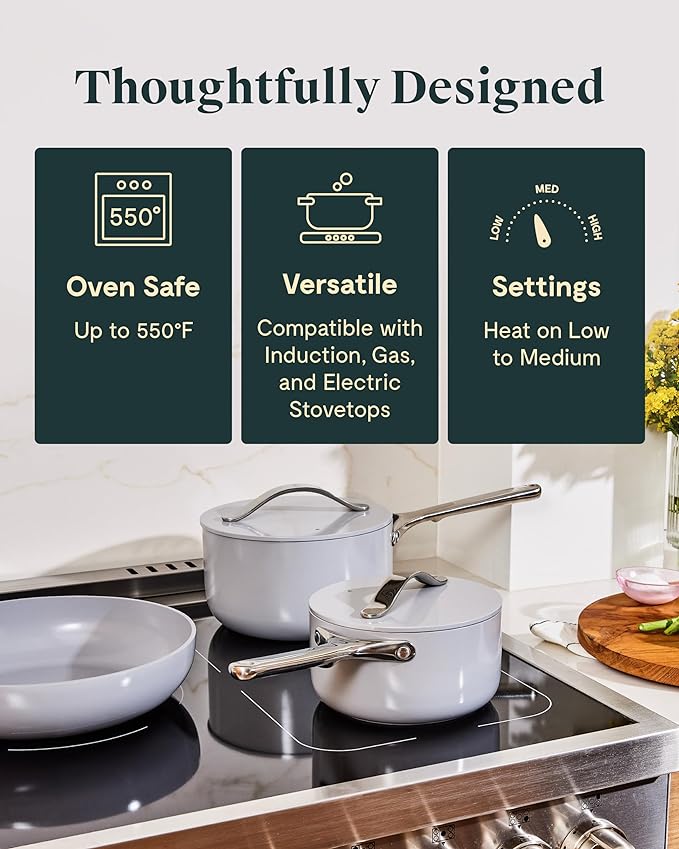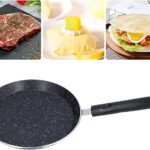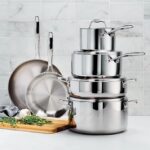Non-Stick Pans for Versatile Cooking: Your Wonderful Kitchen Companion in 2024
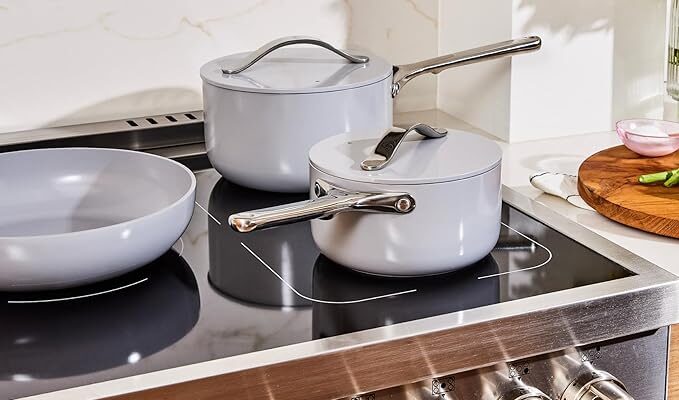
Non-stick pans for versatile cooking; If you’re like me, you love gadgets that make cooking easier and more enjoyable. One of the best tools to have in your culinary arsenal is a good non-stick pan. These pans are true workhorses, perfect for everything from frying eggs to searing steaks. Let’s dive into why non-stick pans are so versatile, the science behind them, and some pro tips to keep them in top shape.
Table of Contents
The Versatility of Non-Stick Pans
Non-stick pans shine in the kitchen because they simplify cooking and cleaning. Here are a few reasons why they’re indispensable:
- Ease of Cooking: With a non-stick surface, you need less oil or butter, making your meals healthier. Foods like eggs, pancakes, and fish, which often stick to regular pans, slide right off a non-stick surface.
- Variety of Uses: These pans are great for a range of cooking techniques—sautéing, frying, simmering, and even baking. Yes, some non-stick pans are oven-safe up to a certain temperature.
- Quick Clean-Up: The non-stick coating means food residues wash away easily, saving you time and effort in the kitchen.
Non-stick pans for versatile cooking are designed to handle a variety of tasks with ease. Whether you’re whipping up a quick breakfast or preparing a gourmet dinner, these kitchen heroes have got you covered.
The Science Behind Non-Stick
Understanding the science of non-stick pans can help you appreciate their design and care. Most non-stick coatings are made from a synthetic polymer called polytetrafluoroethylene (PTFE), commonly known as Teflon. PTFE is hydrophobic (repels water) and has a very low coefficient of friction, which means food doesn’t stick to it.
Ceramic Coatings: Another popular non-stick material is ceramic, made from inorganic minerals and free from PTFE and PFOA (perfluorooctanoic acid). Ceramic coatings can withstand higher temperatures and are often considered a more eco-friendly option.
Non-stick pans for versatile cooking are available in various materials, including traditional PTFE and modern ceramic coatings, catering to different preferences and cooking styles.
Eco-Friendly and Health Considerations
Non-stick pans have evolved to address environmental and health concerns. Older non-stick coatings used PFOA, a chemical linked to health risks. Modern non-stick pans are typically free of PFOA and other harmful chemicals, making them safer for everyday use.
GreenPan and Caraway: Brands like GreenPan and Caraway use ceramic coatings that are not only free of PTFE and PFOA but are also produced in more environmentally-friendly ways. These brands focus on reducing carbon emissions during manufacturing and use packaging made from recycled materials.
Get Yourself an Eco-Friendly GreenPan Frying Pan Today
Choosing non-stick pans for versatile cooking not only enhances your culinary experience but also contributes to a healthier and more sustainable lifestyle.
Get Yourself an Eco-Friendly Caraway Nonstick Ceramic Cookware Set
Pro Tips for Using Non-Stick Pans for Versatile Cooking
- Low to Medium Heat: To extend the life of your non-stick pan, cook on low to medium heat. High heat can break down the non-stick coating over time.
- Proper Utensils: Use wooden, silicone, or plastic utensils to avoid scratching the surface.
- Avoid Aerosol Cooking Sprays: These sprays can build up residue over time that’s tough to clean off. Use a small amount of oil or butter instead.
- Hand Wash: Even if the manufacturer says the pan is dishwasher safe, hand washing is gentler and can prolong the pan’s life.
- Storage: Store your non-stick pans carefully to avoid scratching. If you need to stack them, place a paper towel or pan protector between each one.
Non-stick pans for versatile cooking are your go-to kitchen companions for delicious meals with minimal effort. By following these pro tips, you can make the most of your non-stick pans and enjoy stress-free cooking every time.
Read More:
4 Non-toxic cookware that you should buy for cooking. (part 1)
4 Non-toxic cookware that you should buy for cooking. (part 2)

